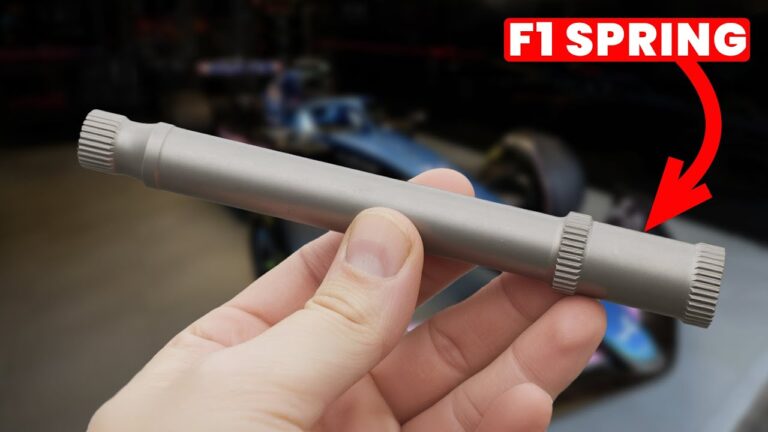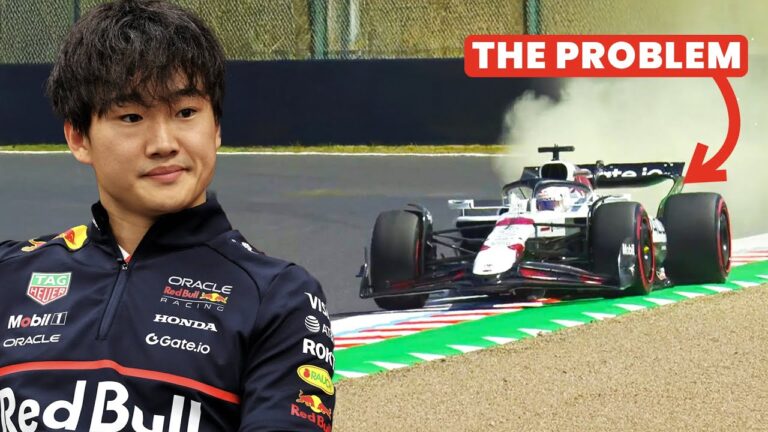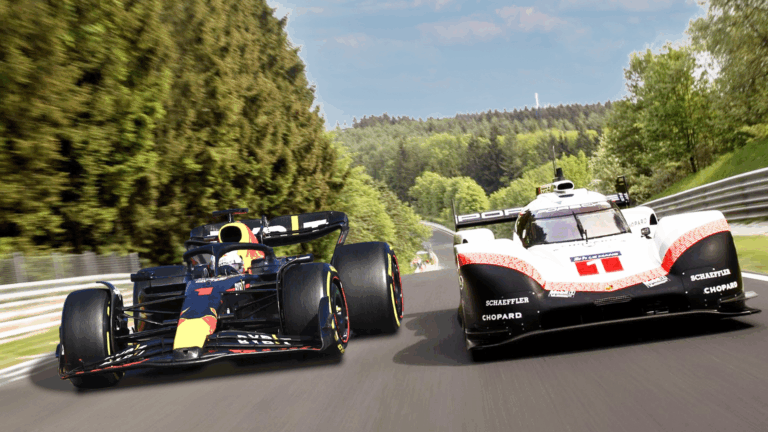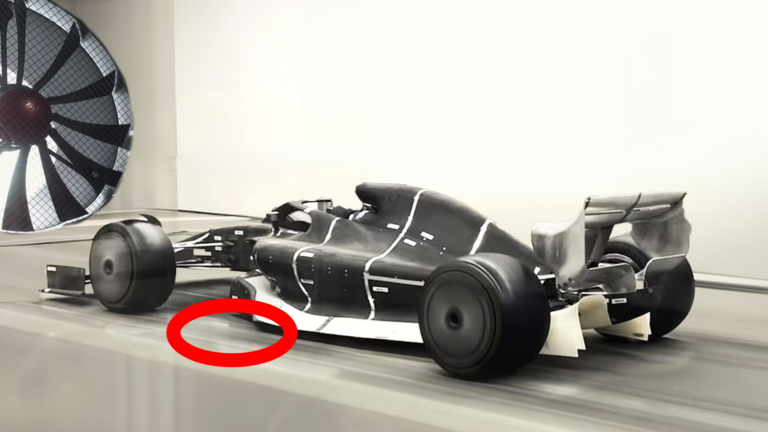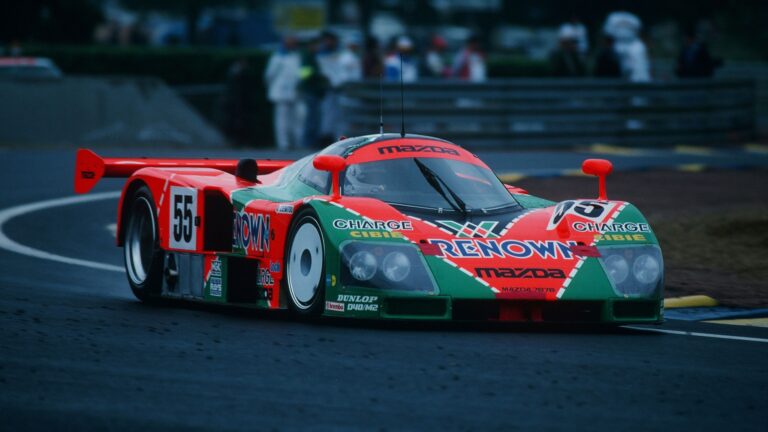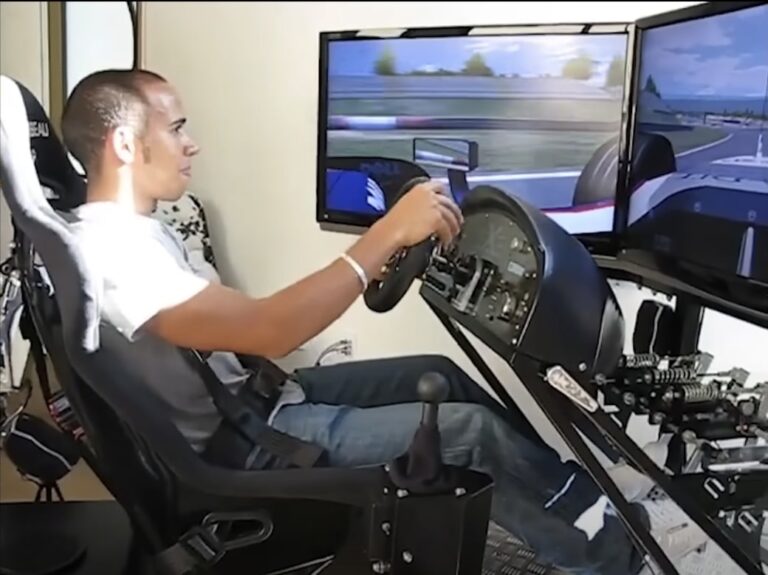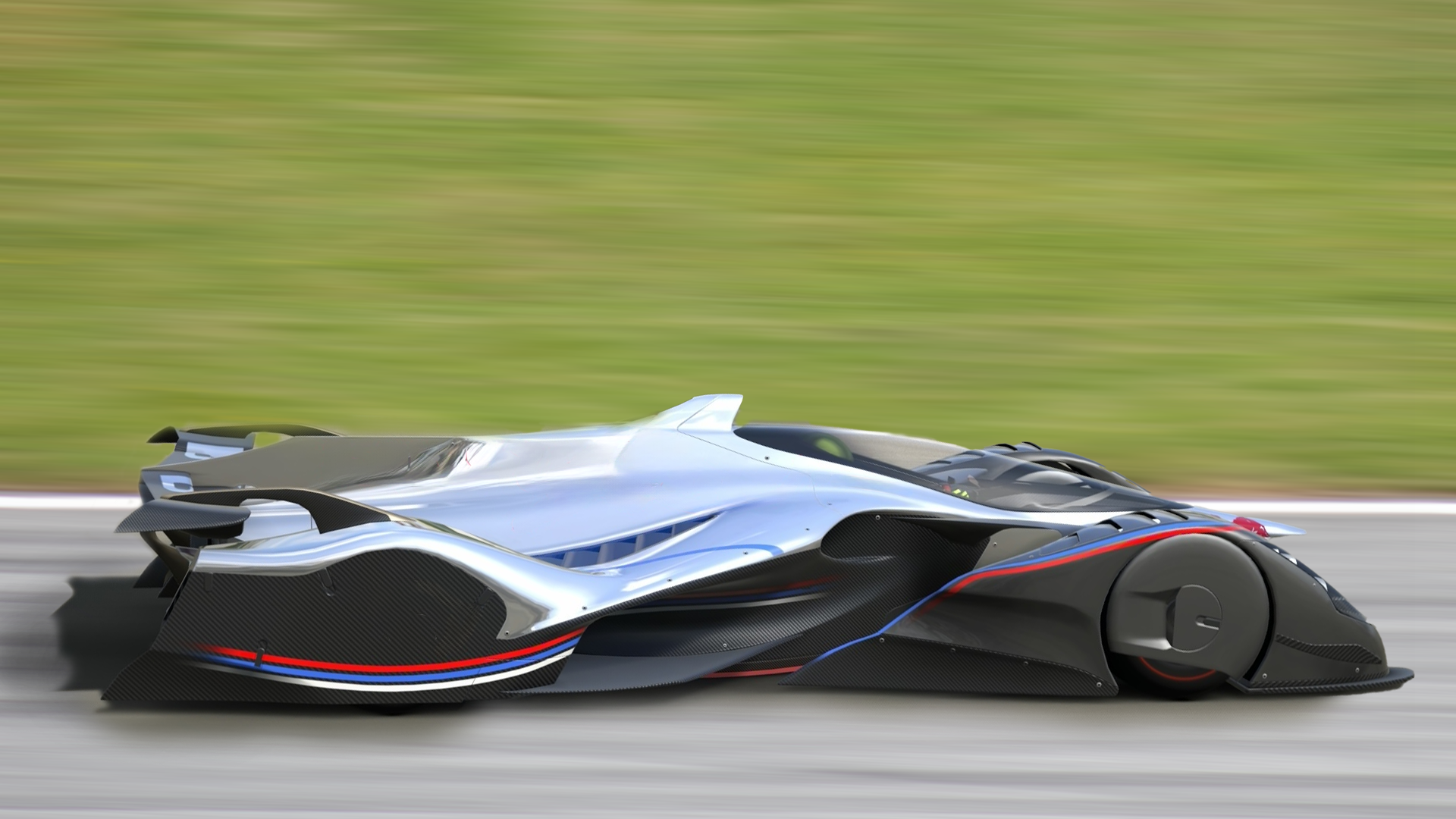
How Fast Could Formula 1 Go Without Limits?
Formula 1 racing has always been about pushing limits, but what if the limits simply didn’t exist? Imagine a Formula 1 car with no rules. No restrictions on aerodynamics, power, weight, or tires – just the laws of physics and the driver’s bravery. How fast could these machines go? What would engineers change? And, most importantly, could a driver survive the experience?
In this article, we explore the dream of a “no-rules” F1 car, taking inspiration from past and hypothetical designs that pushed, or even broke, the boundaries of conventional racing.
Breaking Down What’s Been Done Before
To envision what an unrestricted F1 car might look like, we can look at real-world examples. The Volkswagen IDR Pikes Peak, with its 671 horsepower electric engine, set records on the legendary Pikes Peak Hill Climb, although its focus was split between speed and design. Meanwhile, Porsche’s 919 Evo showcases what happens when engineers take an already powerful race car and go all out. With modifications like additional downforce and a lighter structure, it achieved an impressive 1160 horsepower.

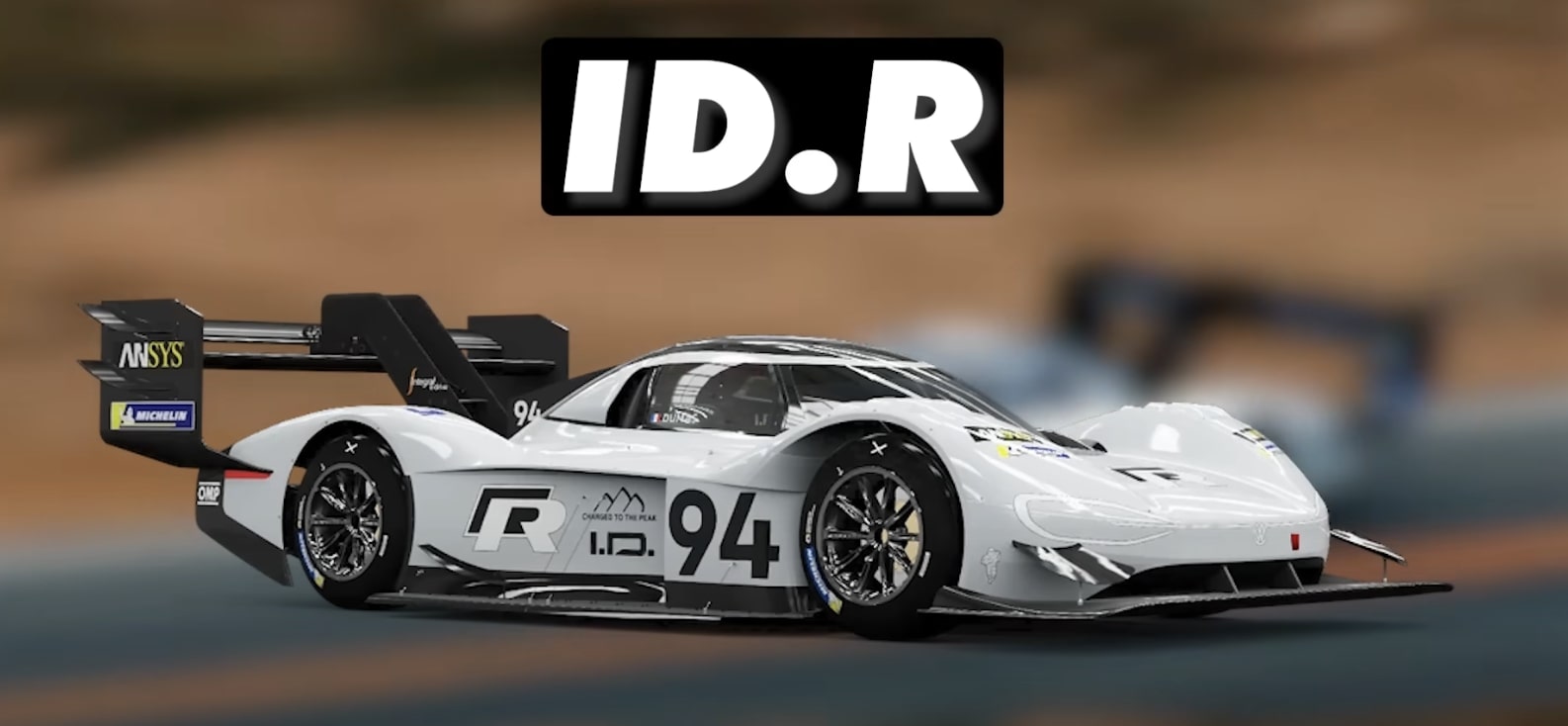
The Red Bull X20 and Adrian Newey’s Vision
Red Bull’s engineering team, guided by the renowned Adrian Newey, designed the X20 and X204 concepts with one goal: pure speed on the racetrack. These cars have incredible specs, including forced induction engines with up to 1480 horsepower and even the addition of a fan to boost grip in slower corners, much like a vacuum cleaner. The X20 could theoretically reach 292 mph, and with additional modifications, Newey believed it might hit 310 mph and pull up to 8G on the brakes – a staggering load compared to today’s F1 cars.
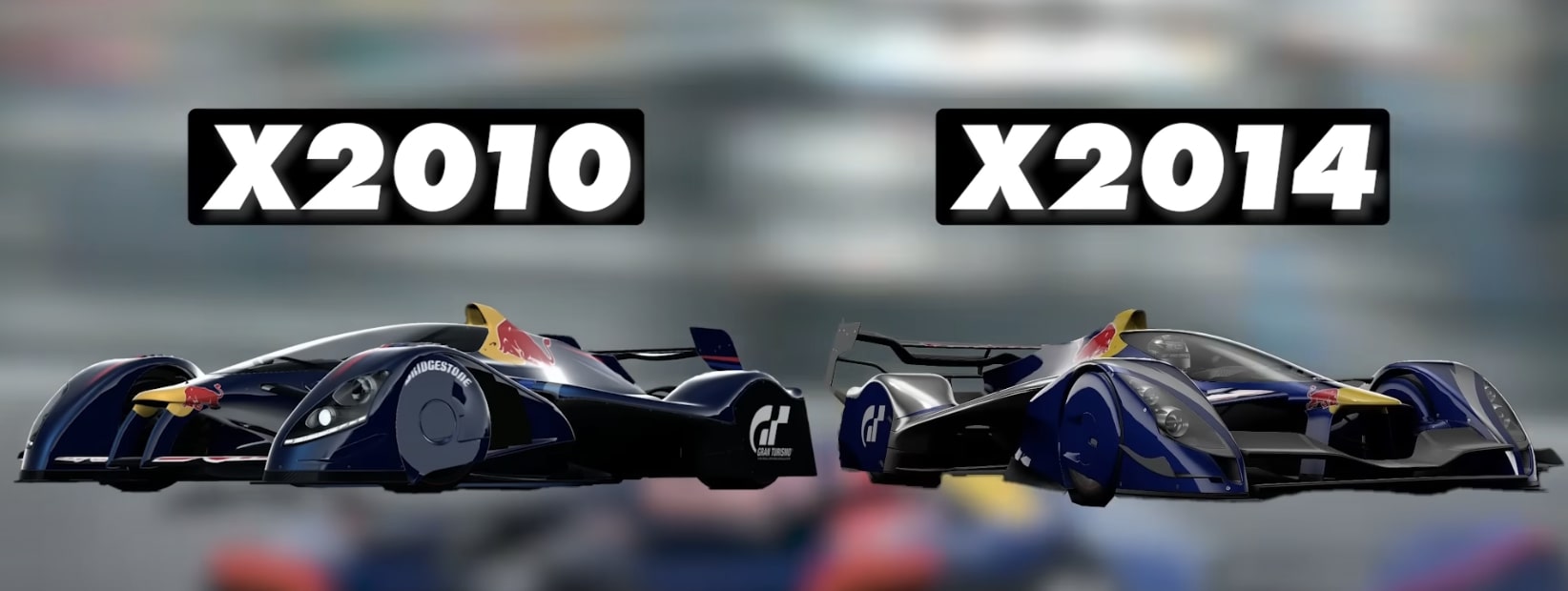
Can-Am: Racing With Minimal Rules
A taste of this “no rules” racing already existed in the past with the Can-Am series, a Canadian-American racing championship in the 1960s and 70s. Can-Am allowed nearly unrestricted engine sizes, including turbos and superchargers, and minimal aerodynamic limitations. This resulted in some of the most innovative and powerful racing cars ever built, such as the Porsche 917/30 with its 5.4L flat-12 engine, which generated over 1500 horsepower in qualifying trim.
But while Can-Am cars often rivaled or even exceeded the speeds of F1 cars of the time, the series’ rapid innovation and high costs ultimately led to its downfall.

Building a “No Rules” Car
In designing a hypothetical “no rules” F1 car, engineers would likely focus on five main areas: aerodynamics, power, weight reduction, tires, and suspension. Aerodynamics, in particular, would be a significant area of experimentation.
Without rules, engineers could use active aerodynamics – moving parts that adapt to different phases of the race. The car could have massive wings, closed cockpits, and even fans like the AMZ Racing and Chaparral 2J, which would “suck” the car down to create additional downforce.
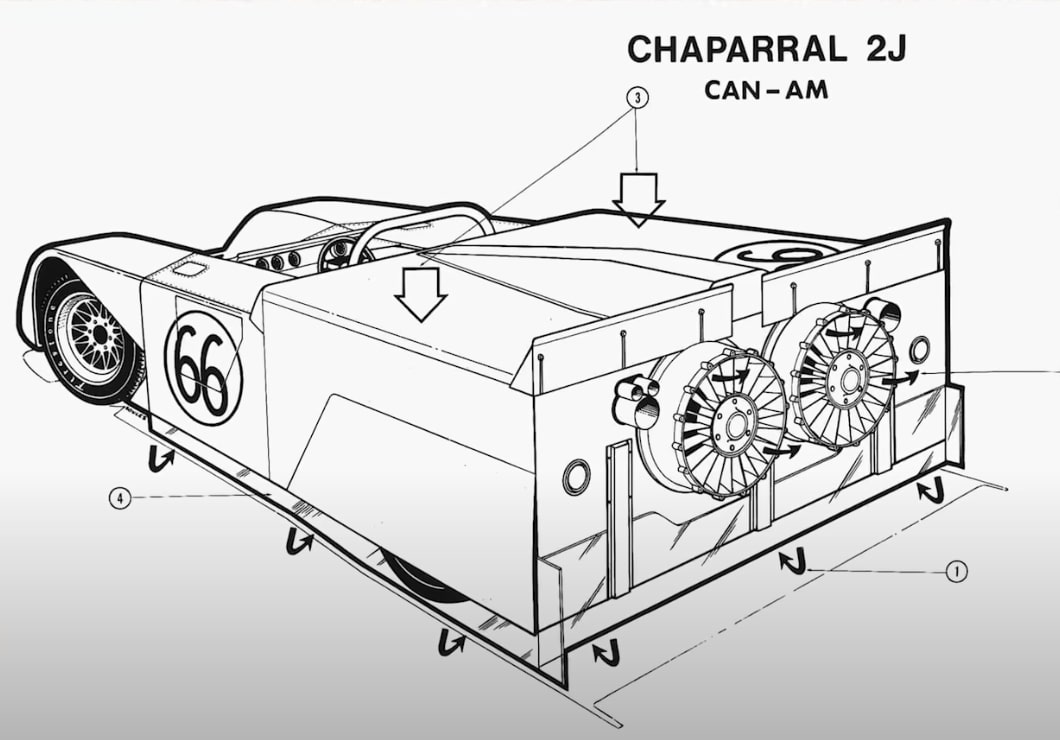
The Front Wing and Floor
Starting at the front, an unrestricted F1 car might feature a deep wing with a high nose to direct clean air beneath the car. The floor would ideally be smooth, a feature limited by today’s F1 regulations due to variable ride heights during braking, acceleration, and cornering. With active suspension, the car could maintain an optimal height at all times, maximizing downforce.
Covering the Wheels
In terms of aerodynamics, wheels present a challenge, as they generate turbulent air. Covering them with fairings would improve airflow, though engineers would still need to ensure effective brake cooling.
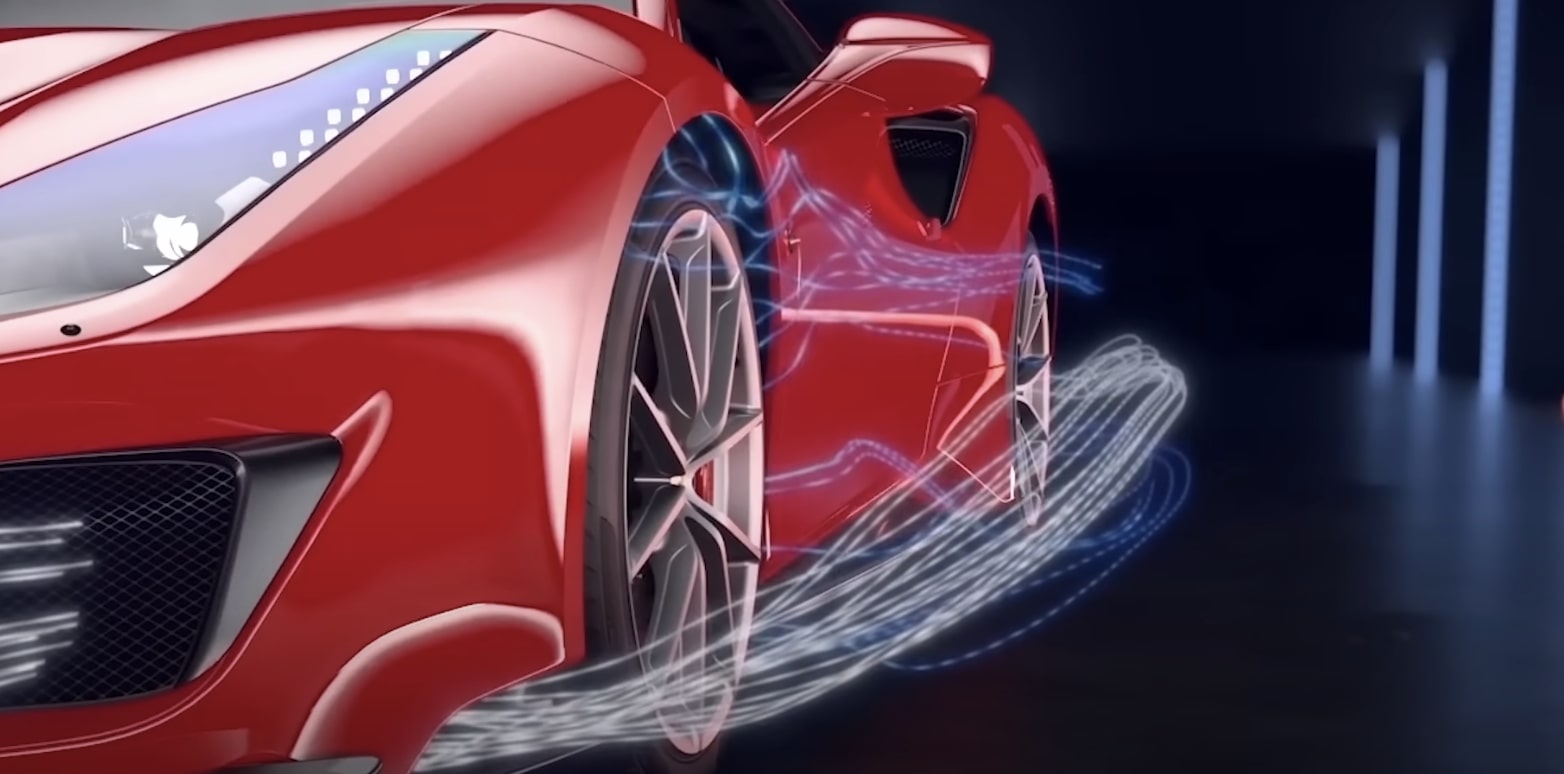
Exploring Extreme Aerodynamics and Closed Cockpits
A “no rules” car might also feature a wide, multi-element rear wing, with sections angled differently to optimize airflow and downforce. Additionally, a closed cockpit would create a more streamlined surface and stronger structure, allowing engineers to reduce weight without sacrificing safety.
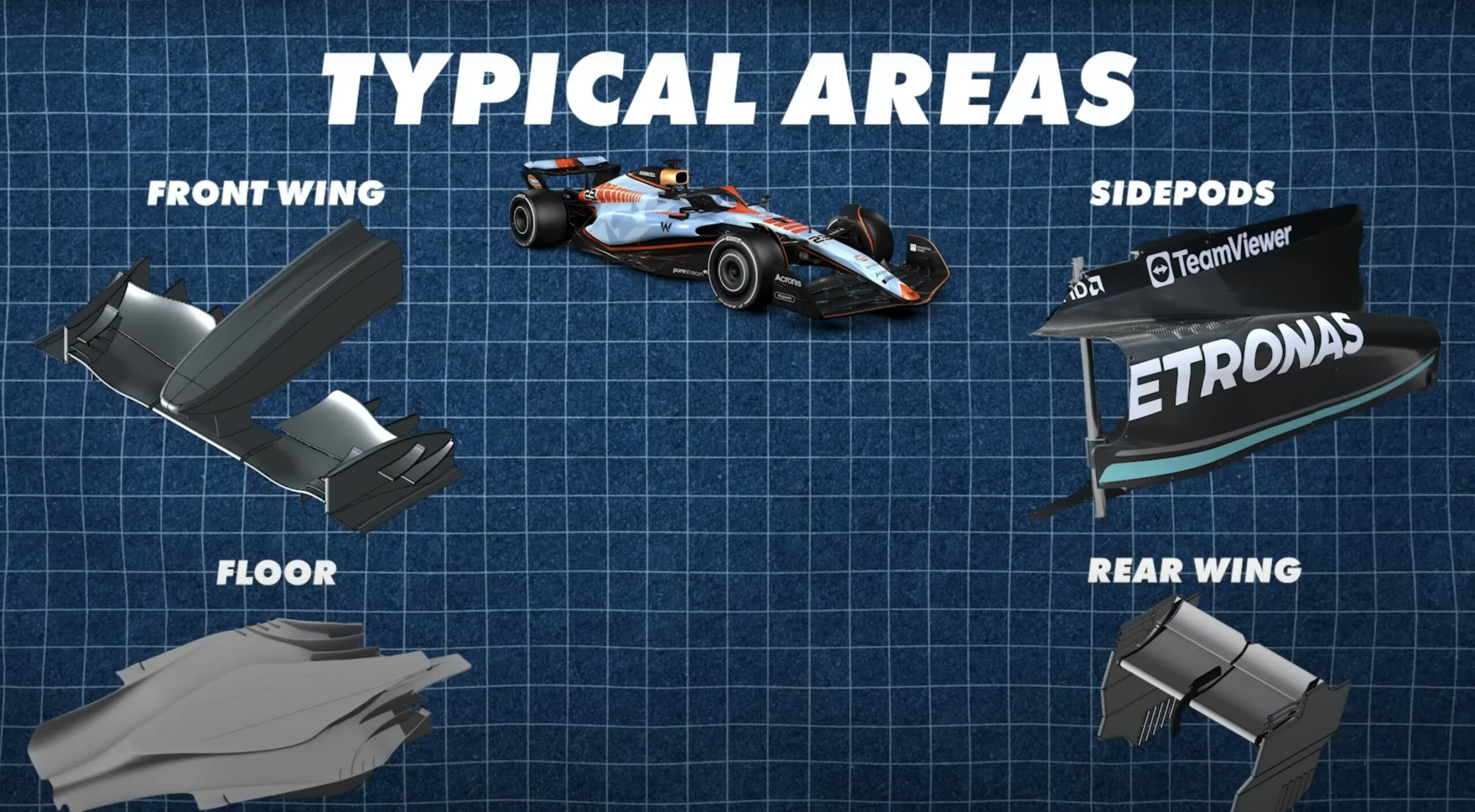
Adding Fans: The “Cheat Code” of Aerodynamics
Fans could be the ultimate tool in an unrestricted car’s arsenal, creating significant downforce even at low speeds. However, they would likely be limited by air leakage and other practical challenges.
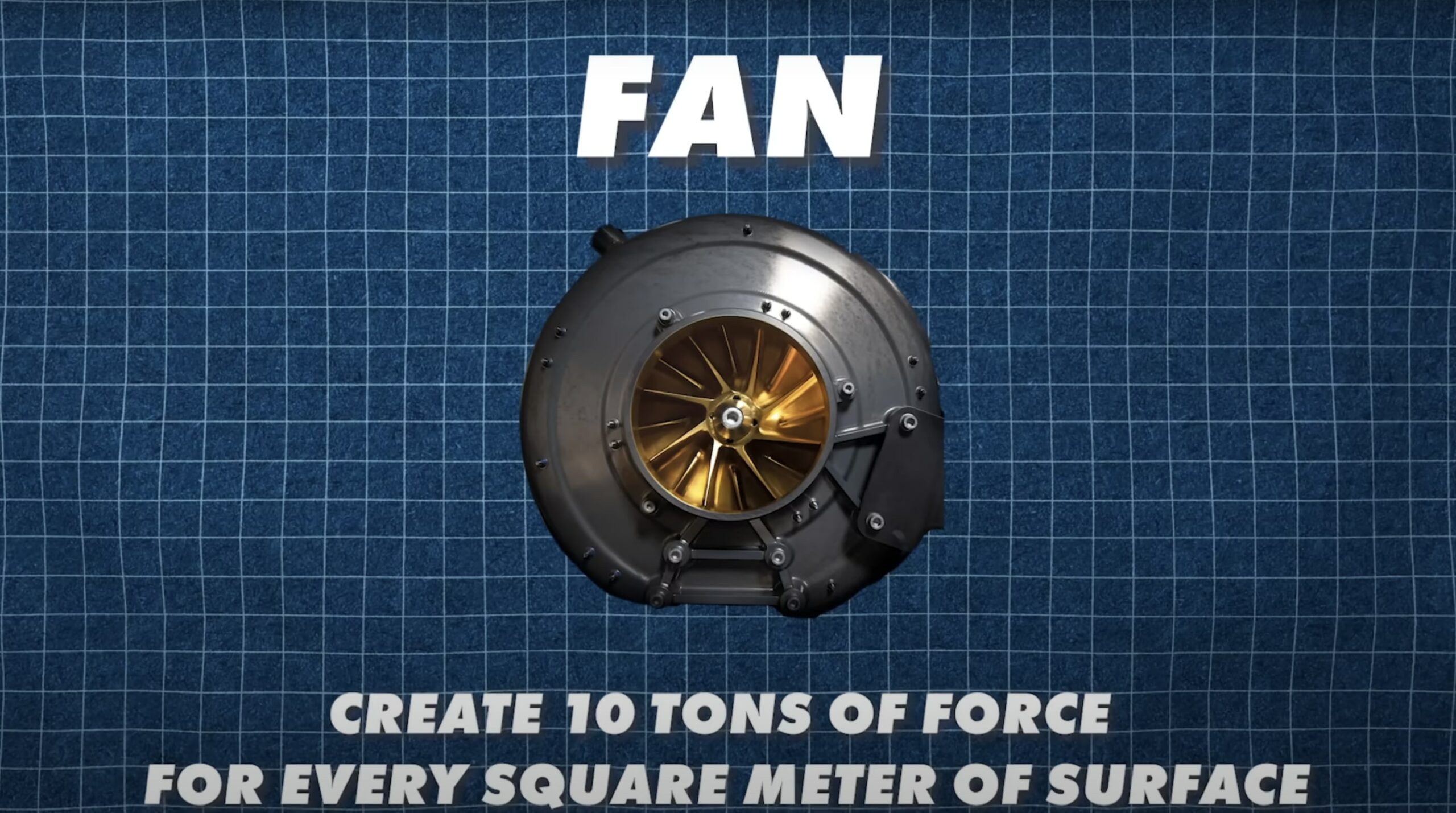
Would It Work on a Real Circuit?
While these ideas are exciting, there are practical limitations. No existing tire could handle the combined stresses of an F1 car with double the current downforce and speeds of 500 km/h. Additionally, drivers would struggle with sustained 8G forces, which could only realistically be endured by fighter pilots for short periods in controlled conditions.
How Much Faster Would It Be?
Estimating the speed of a “no rules” F1 car is challenging, but the Red Bull X20 provides a hint, achieving up to 8G in a Gran Turismo simulation. However, real-world implementation would require substantial investment in new technology and safety measures, and the physical limits of both machinery and human endurance might ultimately prevent such a car from ever seeing the track.
Conclusion
While a “no rules” Formula 1 car is an exhilarating idea, practical limitations in technology, cost, and driver endurance mean it’s likely to remain hypothetical. However, past examples like the Can-Am series show the potential for innovation when engineers are given creative freedom. And who knows? As technology advances, we may one day see an evolution of motorsport where these extreme concepts become reality.




